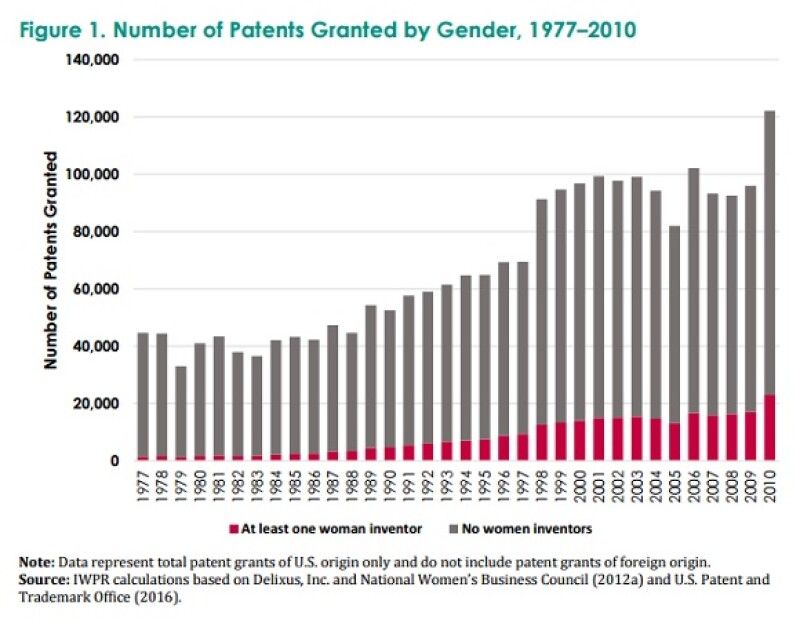
Laurie Self began working with Qualcomm as outside counsel while she was a partner at Covington & Burling. She moved in-house to the telecommunications company in 2012, taking on the role of vice-president and counsel of government affairs.
Self joined Covington & Burling in Washington DC after graduating from the University of Virginia School of Law. In the early 1990s, she was offered the opportunity to relocate to the firm’s London office. The firm had just been hired to represent a software business alliance composed of many of the then-leading companies, including Microsoft, Word Perfect and Lotus. Piracy was growing in tandem with the companies that it targeted, and the business association “viewed piracy as one of the principle barriers to their ability to grow a market in Europe”.
At the same time that piracy was such a growing threat, discussions of copyright as a potentially viable protection for software were percolating. The combination of these two issues “really made it imperative for the industry to become more active both in the enforcement space and in the policy space,” Self says.
That was her first foray into intellectual property law – “and it really kind of became the genesis of my career,” she says. It was an auspicious introduction to the field that immediately immersed Self, by her own account, in a cutting-edge industry and the enforcement, licensing and policy issues involved in all types of IP.
Closing the gaps
Self considers herself fortunate to have been mentored at Covington & Burling by one of the first partners she worked with at the firm. “In any field where you have a majority of men who are partners or managers, you almost necessarily have to find mentors who are male as opposed to female.”
She says that, though not consciously, she would actively seek out mentors who were visibly supportive of women. She was fortunate enough to find such a mentor. “He just happened to be somebody who was very supportive of working with women, and giving opportunities to women,” she says. Through that mentor Self was able to work alongside many other female associates.
As an associate with a mentor and, later, as a partner with Covington & Burling, Self “witnessed the challenges we face in terms of encouraging more participation from women and making sure women have more opportunities to advance.”
She says that “women don’t have access to the same networks that men do,” as studies like the one by LeanIn.org and McKinsey & Company have demonstrated. This is part of the reason that women don’t reach higher positions as frequently as men do. Developing these networks is also key to entrepreneurship and successful startups, many of which are built around the patenting of technology.
Qualcomm has been active in highlighting the situation. It funded a research project undertaken by the Institute for Women’s Policy Research (IWPR) titled “Equity in Innovation: Women Inventors and Patents”, the results of which were released in November.
In the past 40 years, there has been a rapid increase in women’s patenting activity relative to men’s, but that is starting from a very low base. The IWPR report found that in 1977 just 3.4% of all patents had at least one female inventor. By 2010 that share had more than quintupled to 18.8%, though progress was much slower in the early 2000’s. The report noted that at the rate of change since 2000 women will not see parity in patenting (with half of all patents having at least one woman inventor listed) until the year 2092.

The gender gap in patenting is even larger when defining women-held patents as only those whose primary inventor is a woman. In 1977, just 2% of all domestic patents had a woman listed as the primary inventor. This share quadrupled in size by 2010. The report noted: “But with only 8% of patents having a woman listed as the primary inventor … women have a considerable way to go before achieving parity with men.”
Self was shocked by the findings.
“If you look at the gender gap in entrepreneurship, that same gender gap exists in the patent system,” Self says. “So, one of the issues we’ve been thinking about is how do you make sure that we maintain a strong, inclusive patent system that encourages women inventors to seek patent protection because patent protection is one of those factors that are important in whether an inventor or an entrepreneur obtains venture capital funding.”
Keeping pace with policy
Self says that in addition to representing Qualcomm’s interests, her policy work is also “about making sure that we create an intellectual property system that supports the Qualcomms of tomorrow: the startup community.”
The “collaborative” nature of Self’s policy work, which gives her the opportunity to consider how to help female inventors and entrepreneurs as well as to coordinate with other IP stakeholders, keeps Self’s work fun and interesting to her.
It also doesn’t hurt that there’s seldom been a dull year for policy or for enforcement since Self joined Qualcomm in 2012.
"For better or worse, almost immediately after I joined the company there was a significant new push for patent legislation in Congress, so that immediately became my primary area of focus,” she says. Founded in 1985, Qualcomm’s roots are very much focused on innovation. Patents have been essential to the company’s strategies to attract financers, protect its technologies and to the licensing practice that has been a major source of income to Qualcomm for 30 years, according to Self.
Patent policy changes over the past decade “necessarily impact us and our ability to continue making big investments in R&D,” Self says. She and Qualcomm’s government affairs team have remained very active on the policy front.
“What we have is a somewhat complex ecosystem in the innovation economy” – created by the America Invents Act and changes within the USPTO – which at times threatens the ability of Qualcomm to protect and enforce its patents. “My role is to make sure that US policies, US legislation does not move in a direction that could weaken that foundation of intellectual property rights, and patent rights in particular,” she says.
As the focus of legislative efforts shifted, beginning in 2012, to combatting patent trolls, “the legislation that was actually being tabled didn’t just target abusive activity,” says Self. “It affected the enforceability of every patent, and it did so through highly complicated changes to the rules around patent litigation."
This continues to be the case. Self says that much of her focus has been on trying to “to move that legislation in a more balanced direction to more narrowly target what have been identified as areas of abusive litigation practice and to ensure that any new legislation doesn’t harm patent owners broadly, and doesn’t unnecessarily add expense and complexity and difficulty to the process of enforcing your rights.”










